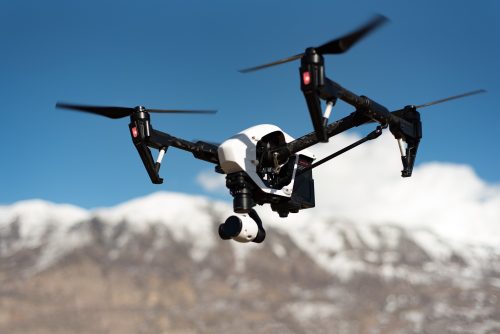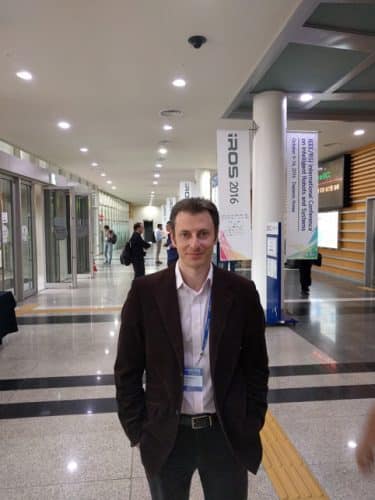Researchers at the Faculty of Aeronautics and Space Engineering are helping robots function under conditions of uncertainty

You walk down the street and say hello to a friend, then find out it's not him. Missing the right corridor at the university. Taking someone else's bag at the end of the workout. Your foot hits a stone that wasn't there yesterday. And you've been looking for the hotel you booked in this city for an hour.
Sound familiar? for sure. Now think of a robot that should avoid all these errors.
The field of robotics is developing at an impressive speed, and robots that previously existed only in the world of science fiction are becoming real before our eyes in the form of smart drones, autonomous cars, vacuum cleaners that run alone at home, and more.
Alongside the engineering-mechanical challenges, today's robot designers are required to deal with complex issues of perception and function. To this end, new and efficient sensing means are being developed that provide the robot with "sensory information", as well as systems that analyze this information into a reliable world picture and allow the robot to make correct decisions. However, under real-world conditions, which include uncertainty and missing information, even robots that performed perfectly in the ideal laboratory environment fail.
A leap forward in this field is taking place at the Autonomous Navigation and World Sensing Laboratory (ANPL), where a new paradigm of spatial perception and decision-making has been developed that helps robots function well in the real world.

The head of the laboratory, Associate Professor Vadim Indelman from the Faculty of Aeronautics and Space Engineering, explains that "if previous approaches relied on the assumption that a robot functioning in an ideal environment would 'get along somehow' in the real world, we propose a completely different approach: we introduce the obscurity of the real world - partial information , uncertainty, action in an unfamiliar and ambiguous environment - into the robot's operating system. In other words, we produce 'active fogging' as a built-in component of the system."
The new approach is based on belief space planning - planning based on prior information, which is always partial; on probabilistic assumptions; and on the "sensory" input collected from sensors. The success of this approach in field trials foreshadows future developments in a variety of fields, including autonomous mapping, assistance in disaster areas, autonomous vehicles, robotic surgeries, aerial navigation above and within urban areas, as well as in relatively cheap home robotic systems based on simple computer systems.
